Petrochemicals rPETRecycling Hydrogen 30-03-2021 - Arhive
Petrochemicals rPETRecycling Hydrogen
Crude Oil Prices Trend

-“Oroblù Save the Oceans”: sustainable wearables
A collaboration between RadiciGroup and CSP International results in the first Oroblù-branded tights made in Italy from recycled plastic bottles.
Creating a high-quality, fashionable textile product that is also sustainable, owing to its limited impact on the environment.
That was the challenge taken on by the Bergamo-based Italian multinational RadiciGroup – a world leading manufacturer of polyamides, synthetic fibres and engineering polymers with applications in a variety of industries, mainly in the textile/fashion sector – and the high-end hosiery brand Oroblù owned by CSP International – a group engaged in the production and sale of hosiery, men’s and women’s intimatewear and swimwear, headquartered in the province of Mantua, Italy.
The aim was to be the first in Italy to produce tights using yarn made from recycled PET bottles.
The two companies, both of which are innovation- and sustainability-oriented and recognized as symbols of Italian excellence, decided to combine their know-how to create a high-performance, stylish and eco-friendly product.
It is with this idea in mind that “Oroblù Save the Oceans” was created: black, 50-denier tights made of Repetable, a new RadiciGroup polyester yarn derived from post-consumer recycled PET bottles.
This process reduces CO2 emissions, as well as the consumption of water and energy.
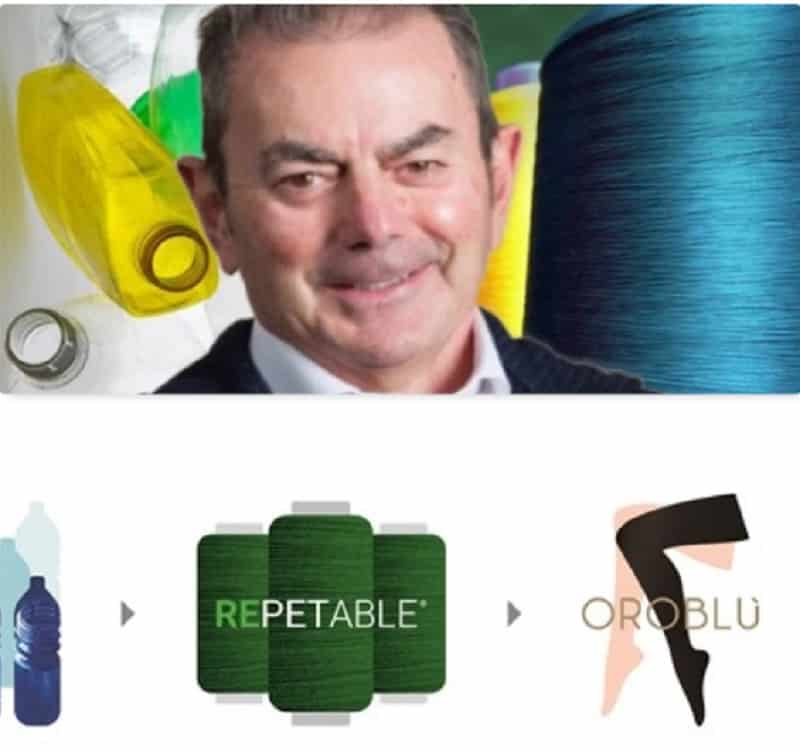
Mr. Angelo Radici Chairman of RadiciGroup
-“Ground-breaking” technology to recycle all forms of plastic waste
Construction has started on Mura Technology’s “world’s first” commercial-scale plant to use its “ground-breaking” hydrothermal process, able to recycle all forms of plastic waste and provide the raw ingredients for a sustainable circular plastic economy.
HydroPRS™ (Hydrothermal Plastic Recycling Solution) is a revolutionary advanced recycling process designed to tackle plastic that cannot currently be recycled and instead ends up polluting the natural environment.
The first plant to use the technology has begun construction in Teesside, UK, to be operational in 2022 and able to process 80,000 tonnes of plastic waste per year.
It will form the blueprint for a rapid global rollout that will see one million tonnes of capacity in development worldwide by 2025 – equivalent to nearly half the plastic packaging waste produced in the UK each year. Sites are planned in Germany, the US and Asia. Petrochemicals rPETRecycling Hydrogen
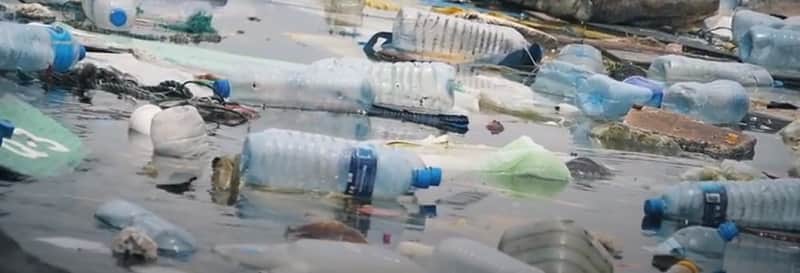
-New Bottle Lightweighting Technology Saves Resin and Cost
Graham Packaging has developed a method of selectively reinforcing a bottle wall perpendicular to conventional parison programming.
Graham’s patented AccuStrength technology adds vertical ribs of material at selected locations on the parison. The ribs can be continuous or intermittent. Handleware and other non-round containers—especially larger sizes—are the main targets.
Parison programming is a universal tool in extrusion blow molding for selectively thickening and thinning a container wall as the parison is extruded in order to optimize material distribution and achieve the lightest overall weight that satisfies structural requirements such as topload strength and drop tests. Parison programming allows profiling the parison in a sequence of horizontal bands of varying thickness. Petrochemicals rPETRecycling Hydrogen
Conventional parison programming adds extra material where needed in horizontal bands around the bottle.
What if parison programming were turned on its side? That is approximately what global bottle maker Graham Packaging has achieved with its newly patented AccuStrength technology. Used together with conventional “horizontal” parison programming, AccuStrength adds extra material in vertical “stripes” at selected locations on the container.
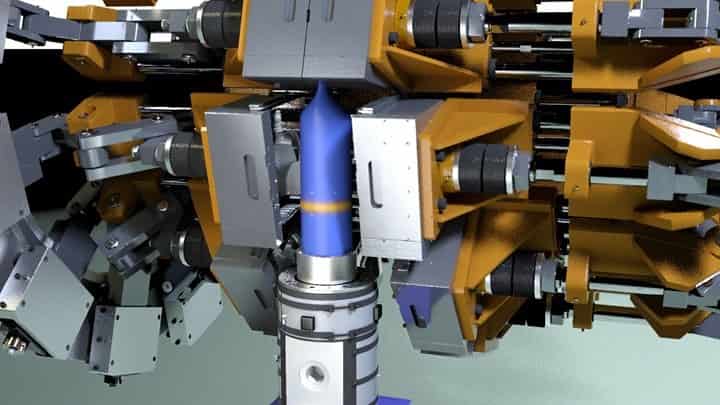
-How do bio-based plastics affect marine organisms?
The BIO-PLASTICS EUROPE team at the Alfred Wegener Institute Helmholtz Centre for Polar and Marine Research (AWI) in Bremerhaven, Germany, is studying what happens to marine organisms such as mussels and shrimps after they ingest microplastics. With this research, they want to understand more about the possible environmental impacts of bio-based plastics. This is the fourth post in our current project update series, bringing you very interesting images produced within our research activities. Petrochemicals rPETRecycling Hydrogen
How did they do it? First, the AWI team made fine powder out of bio-based plastics, with fragments smaller than 200 µm (Figure 1). This material was then fed to the marine organisms.
Figure 2 demonstrates that the micro-particles have indeed been ingested by larvae of Artemia spec. (Figure 2A), a brine shrimp. It is possible to visually compare the empty gut of a larva (Figure 2B) to the gut of a larva that has ingested fluorescent plastic (polystyrene, PS), which is bright green (Figure 2C). The same happenes with bio-based poly-lactate (PLA) powder, which is not as easy to see as the green fluorescent PS but still visible as a dark mass (Figure 2D). These pictures are evidence that aquatic animals really do ingest the microplastics they encounter in their environment.
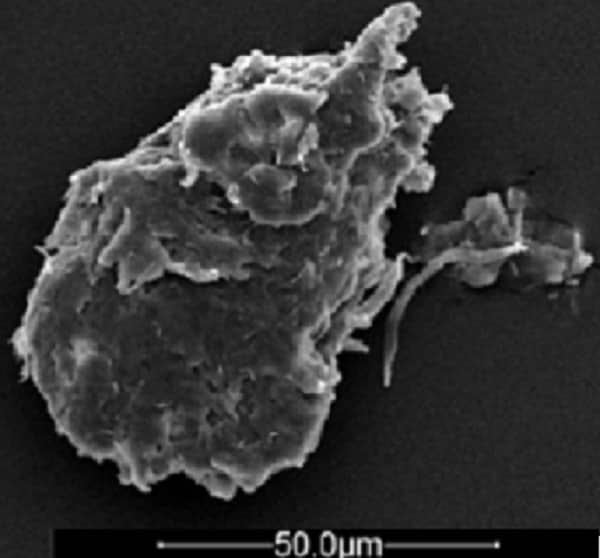
-Circular economy for plastics hinges on demand for high-quality recyclates
According to Altshausen, Germany-based STADLER, the recycling equipment and turnkey systems provider, while plastic is an exceptional product, with numerous benefits that have made it indispensable to modern life, its extreme durability creates a difficult end-of-life issue which needs to be addressed with urgency.
The solution lies in a shift towards a circular economy where plastic is re-used or recycled, never becoming waste.
STADLER says the recycling industry has a central role to play in this process, with the challenge of maximizing the amount of plastic it recovers from waste and producing an output of consistent, high-quality Post-Consumer Resin (PCR) that can compete with virgin resin. Petrochemicals rPETRecycling Hydrogen
“We have to unscramble the omelet and take out again the individual ingredients,” explains Enrico Siewert, Director of Product and Market Development at STADLER. “Technology advances in the last 10 years have revolutionized the industry. Today, we are able to sort plastics very efficiently, at very high percentages.”

Since the introduction of LNP™ ELCRIN™ iQ materials in late 2019, SABIC has helped divert more than 100 million single-use 16.9 oz. (50 cl) PET water bottles from landfills and incinerators. This portfolio of globally available polybutylene terephthalate (PBT) materials is produced from post-consumer polyethylene terephthalate (PET) water bottles through a unique chemical upcycling process.
SABIC also recently completed a Life Cycle Assessment (LCA) comparing virgin PBT and LNP ELCRIN iQ resin, which underwent third-party critical review in accordance with ISO 14040/14044 standards. Results indicated that LNP ELCRIN iQ resin lowered global warming impact by 29 percent and cut cumulative energy demand by 43 percent compared to virgin PBT. Petrochemicals rPETRecycling Hydrogen
LNP ELCRIN iQ resins also show favorable LCA results compared to data for other virgin base resins, such as polyamide (PA) 6,6 and PA6, extracted from Plastics Europe Eco-Profiles.
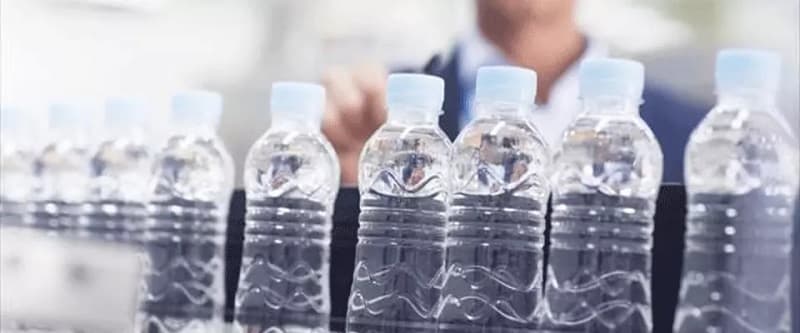
-Innovia Films launches a new film in its Encore range of Sustainable Polypropylene packaging films
Innovia Films is launching a new film in its Encore range of Sustainable Polypropylene packaging films. REF30cn has a high level of certified renewable content (via ISCC PLUS mass balance) specifically achieving carbon neutral on a cradle to gate basis from the Innovia UK site. Technically the film performance matches that of the fossil-based equivalent so can be used in both high-speed horizontal flow-wrap and overwrap applications. The film is also fully food contact compliant.
Paul Watters, Product Development Manager Packaging, Innovia Films explains “With a growing focus on carbon footprint and a desire to reduce the impact on our environment through global warming, we are introducing Encore REF30cn into the market. This film addresses these issues by having a high certified renewable content which in turn reduces the films carbon footprint to the position of being carbon neutral.” Petrochemicals rPETRecycling Hydrogen
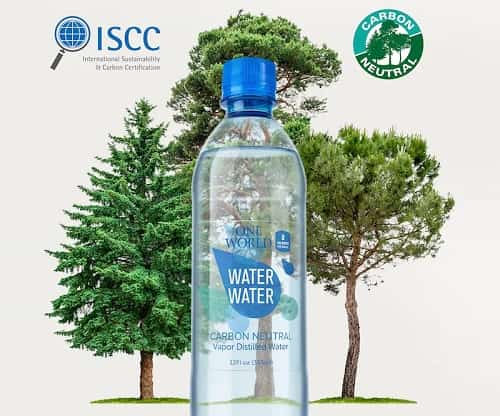
-Plastic pollution: how chemical recycling technology could help fix it
It’s impossible to imagine everyday life without plastics. Lightweight, durable and cheap, these materials outperform many others in a diverse range of applications.
Plastics have brought about positive change in ways we often overlook. For example, the development of plastic components in electronic devices, such as the one you’re using to read this article, means we’ve never been more connected to the world around us. Petrochemicals rPETRecycling Hydrogen
But our love of plastics has come at an environmental cost. It’s been estimated that of the 8.3 billion tonnes of plastic made between 1950 to 2015, over 75% is now waste, with 79% accumulating in either landfill or the natural environment.
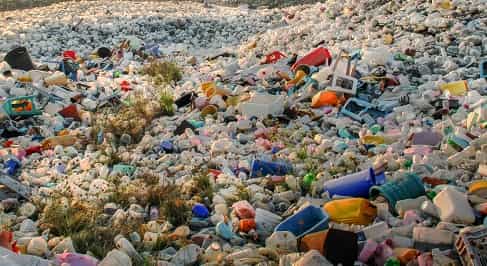
-A March toward higher prices for commodity resins
Strong demand and tight supplies of commodity resins have continued, sending prices for most materials up since March 1.
Resin makers in the region are working to recover from Winter Storm Uri, which knocked out production at many resin and feedstock plants in Texas in mid-February. Although many plants have restarted, most are operating at reduced rates.
Prices for all grades of polyethylene moved up 7 cents per pound in March, after increasing by that same amount in February. Prices had increased by 5 cents in both January and December, as the market was tight even before the storm hit. North American PE prices are up a net of 39 cents since January 2020.
Prices for polypropylene for March remained unsettled as of March 25. Although demand remains strong, prices for propylene monomer feedstock fell in March, since many PP resin plants were running at reduced rates.
PP prices had surged an astonishing 61 cents per pound since December but now are expected to decline along with propylene. Market sources said the drop could range from 6-16 cents. Petrochemicals rPETRecycling Hydrogen
-Carbon Fibers and Carbon Fiber-Reinforced Plastic (CFRP)
Carbon fiber-reinforced plastic (CFRP) is a real high-tech material. With its properties that dwarf those of steel and aluminum, it is constantly opening up new areas of application and has already become indispensable in many areas. We take you on a voyage of discovery into the world of carbon fibers and see how microscopically thin fibers are ultimately turned into carbon fiber-reinforced plastic.
What are carbon fibers?
Carbon fibers are industrially produced fibers which are refined in such a way that they consist almost exclusively of carbon. They are microscopically small and about eight times thinner than a human hair. Petrochemicals rPETRecycling Hydrogen
In order to make them usable for various applications, 1000 to 60000 filaments are combined into a multifilament yarn (roving), which is wound onto a spool.
How are carbon fibers produced?
Carbon fibers are the product of a high-tech manufacturing process. It starts with a starting product such as polyacrylonitrile (PAN). Polyacrylonitrile is a solid in the form of a white powder. It is hard and stiff as well as resistant to chemicals and solvents. In a first process step, thin threads are produced from it, which are then wound onto a spool – the so-called PAN “precursor” has been created.
In the next step, these threads are placed in the oven. First, they are oxidized at 200 to 300 degrees Celsius and then carbonized at 1200 to 1800 degrees Celsius. What remains are threads with a very high carbon content and high strength. After surface treatment and application of a sizing, the carbon fiber is wound up and is ready for use.
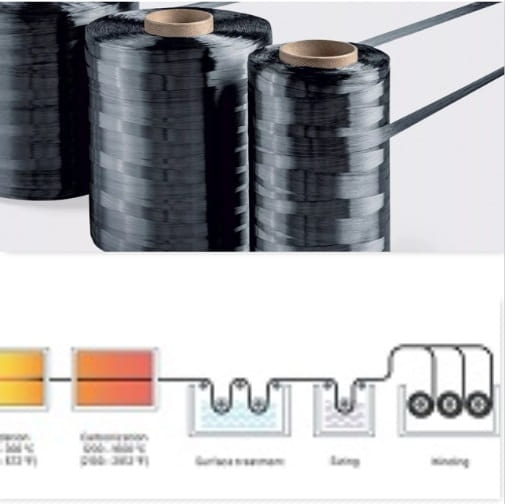
Petrochemicals rPETRecycling Hydrogen
